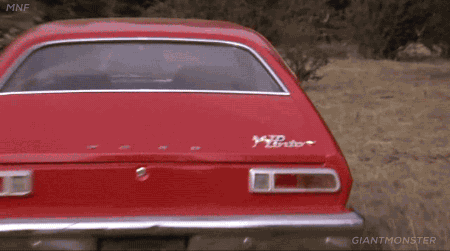Indeed it is a danger. But so is the danger of being ejected from the car during a serious crash. Do you know which one carries the greater risk?I'm very glad to hear these questions being asked. I still don't hear enough talk about the laminated windows being too tough to break. Somehow that hasn't gotten through to people. You can't break them guys. In most cases you will not be able to escape via the windows! That is the point, they keep you inside during a violent crash / rollover, but cannot be removed without rescue tools and much effort. It's not just Tesla, laminated side windows are being adopted industry-wide for their enhanced safety and noise reduction. Their strength is also a danger.
Some years ago an attempt was made to mandate seat belts on school buses. Obvious, right? Nope. The measure was defeated. Why? Because someone argued (with no actual statistics) that children might get trapped on the bus in an emergency. Sure, children might get trapped .. rarely. In an emergency when they had to get out in a hurry. Also very rarely. So seat belts that would save lives most of the time were not mandated because they might far less frequently hamper escaping. That's just plain stupid.
The fact is, 99% of the time you are far safer inside the car both during and after a crash. Sure, the new windows dont break as easily. And yes, we will one day read about some poor person who as a result died. That's very sad, of course. But you wont read about all the many people that unbreakable window helped save. And you will vote the seat belts off the school bus too.






